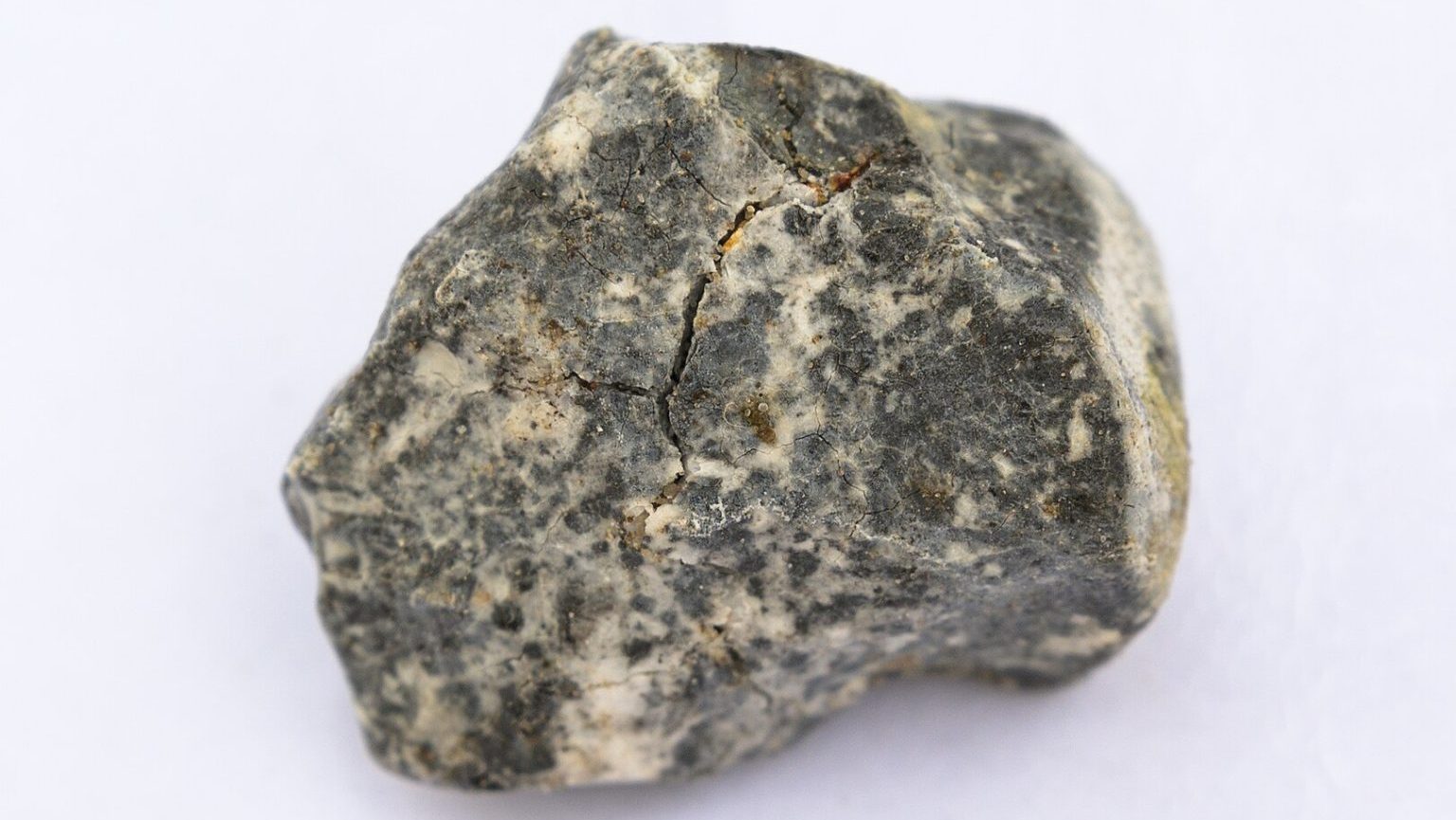How to get Mars life-detection missions back on track

- After two decades of robotic exploration, NASA's Mars program faces technical and budgetary challenges in a crucial phase of its long-term mission: transporting rock samples collected by the Perseverance rover to Earth.
- As one alternative, there's growing interest in the Mars Life Explorer (MLE) mission, which would be cheaper and focus on detecting current life on Mars by leveraging past site characterizations.
- Tony Reichhardt and Dirk Schulze-Makuch make the case for how space agencies can most efficiently search for signs of life on Mars.
After 20 years of continuous investigation of the Martian surface with robot geologists, NASA’s Mars exploration program has hit a roadblock. Perseverance, the latest and most advanced rover in a series that began with Spirit and Opportunity in 2004, is working fine, don’t worry. It’s what comes next that’s in doubt.
In September 2023, an independent review panel concluded that NASA’s planned mission to pick up rock samples collected by Perseverance and return them to Earth is not doable given the current schedule and budget. Not even close. The sample return, as currently conceived, would cost as much as $11 billion, twice the original estimate, and has serious technical issues that would have to be addressed first. Not to mention still unresolved questions about planetary protection — worries that Martian rocks returning to Earth could conceivably contain a biological load.
The complexities of sample-return missions
Sample return, the cornerstone of NASA’s long-term Mars strategy, has been something of a calculated risk ever since NASA and the U.S. Congress decided to go ahead with the first part of the mission (the sample collection) without a firm plan and assured funding to bring them back. Perseverance has already deposited more than 20 carefully selected samples on the surface of the Jezero crater, awaiting later pickup. But a sequence of even more daunting tasks — gathering them up, launching them into Mars orbit, returning them to Earth safely, then equipping laboratories with sensitive instruments to analyze them — still lie ahead. That’s the part that’s proving difficult.
Over the past two decades, advisory committee after advisory committee has insisted that a sample-return mission is necessary to determine whether life once existed on Mars. However, the committees have also stipulated that the sample return shouldn’t come at the expense of other NASA planetary missions, which have already seen their launch dates pushed back.
This is not the first time NASA has struggled with the complexity of a Mars sample-return mission, and it remains as vexing as ever. Cost overruns are no surprise. In the past, Congress might have simply heaved a sigh, decided the project was too big to fail, and appropriated the extra money. That time-honored tactic may no longer work, however. Even before problems arose with the sample-return mission, NASA was being told by Congress and the White House to expect leaner budget years.
Detecting active life on Mars
So, this may be a good time to pivot. NASA’s Mars program has focused to date primarily on looking for evidence of past life. There is another, more exciting possibility: that life exists on Mars today. A proposed mission more in line with that idea is the Mars Life Explorer (MLE), which would search for signatures consistent with current life on Mars. The MLE concept was ranked highly by the last “decadal survey” advisory committee for consideration as the next Mars mission after sample return. If the sample return looks as though it will be greatly delayed or even canceled, NASA should make sure others in the queue can still advance.
An MLE mission, estimated at one-tenth the cost of a sample return, could potentially do a quick assay for signs of current biology. A lander could be sent to Jezero Crater or any of the other sites already visited by NASA rovers to leverage the years of work and billions of dollars already spent on site characterization. Such a mission could land almost anywhere on Mars, in fact, since water — thought to be key to biology — appears to be widespread below the Martian surface. A recent analysis by Michael Mellon of Cornell University and colleagues concluded that “all latitudes offer some potential for life exploration.” Alternatively, the MLE could be sent to areas where salt deposits may harbor microbial life that draws water from the atmosphere.
A July 2023 report on possibilities for future Mars missions found “genuine enthusiasm for keeping life detection within the scope of the program given the significant progress that has been made in life-detection technology in recent years.” Indeed, methods for conducting biological investigations on Mars have only improved since proposals such as the Icebreaker Life Mission began to surface a decade or so ago.
Even bolder than MLE would be a mission to look for active life on Mars, analogous to what Viking attempted half a century ago. Viking couldn´t definitively settle the question of life or no life, in large part because we knew little about Mars at the time. Thanks to missions like Curiosity and Perseverance, we understand the environment much better today.
At the same time, life-detection technology has advanced greatly since the 1970s. Certainly, finding life in a hostile and nutrient-poor environment such as Mars will still be challenging, but a new generation of instruments currently in development, which could be made small and light enough to fit on a spacecraft, gives us hope.
Nanopore-sequencing technology, for example, could detect DNA in the Martian environment, which would indicate the presence of life — at least the kind of life we know here on Earth. Beyond that, we should consider tools that could directly detect active organisms. If there are microbes on Mars, we want to see them. We might, for example, send a high-resolution, digital holographic microscope that has no moving parts and a higher throughput than traditional microscopes. Another technique would be to track the movement of putative microorganisms against the natural background, which could be done with a certainty higher than 99%. We might even be able to see movement within cells. A biology-focused mission that combines several independent detection methods stands a good chance of finding life on Mars if it exists.
Where would this leave the sample-return project? Assuming the technical and organizational problems can be solved, that mission couldn’t be launched before 2030 at the earliest, according to the recent review. Meanwhile, China plans to launch its own Tianwen-3 Mars sample-return mission in 2028, the same year Europe’s Exomars rover is expected to launch. It’s even possible — though far from certain — that SpaceX’s Starship will be in service by the early 2030s, which could change the logistics and costs of Mars exploration so dramatically that any future NASA missions would likely need to be rethought anyway.
So far in the 21st century, NASA’s Mars program has focused on understanding the planet’s geology, and for good reason. Before determining that a rock contains evidence of life, scientists need to understand the environment in which it was found. NASA’s robot geologists have built on prior knowledge, so they’ve been easy to justify in that sense. We don’t yet know if there’s biology on Mars, so a life-detection mission is still a speculative gamble.
But site characterization, important as it is, can’t just keep going on forever. The only reason Mars remains at the top of NASA’s to-do list is the possibility that we might find life there. Hardly anyone, even in the planetary science community, would spend $11 billion just to study the detailed geologic history of a barren world. Mars exploration is — and always has been — about looking for life. We should get on with it.





